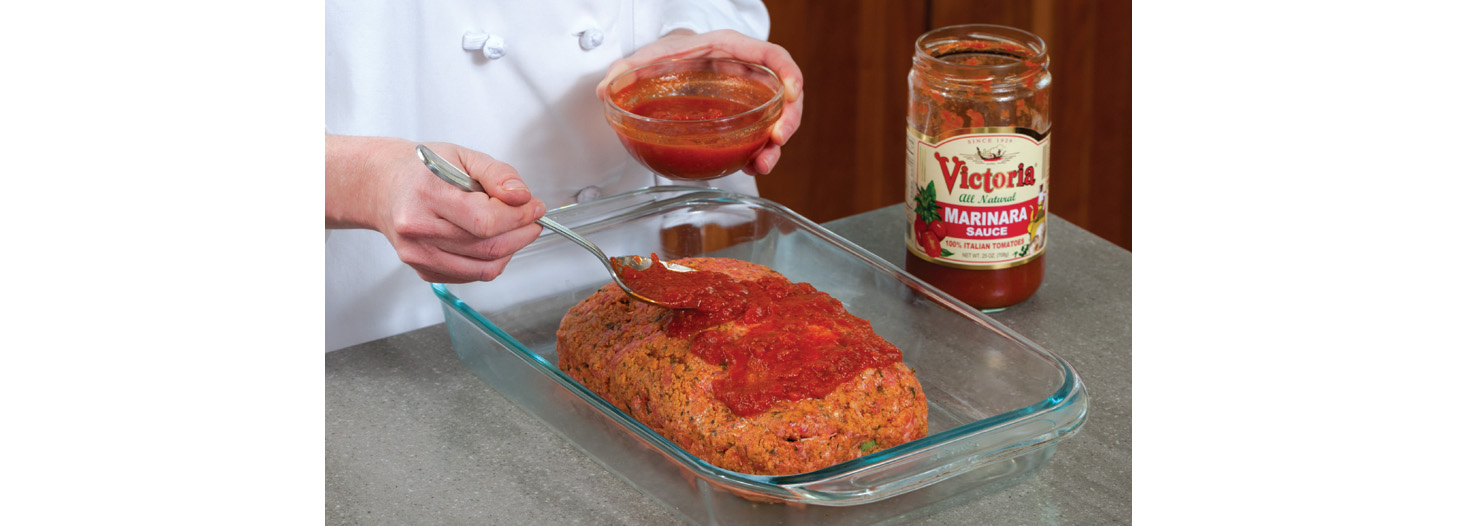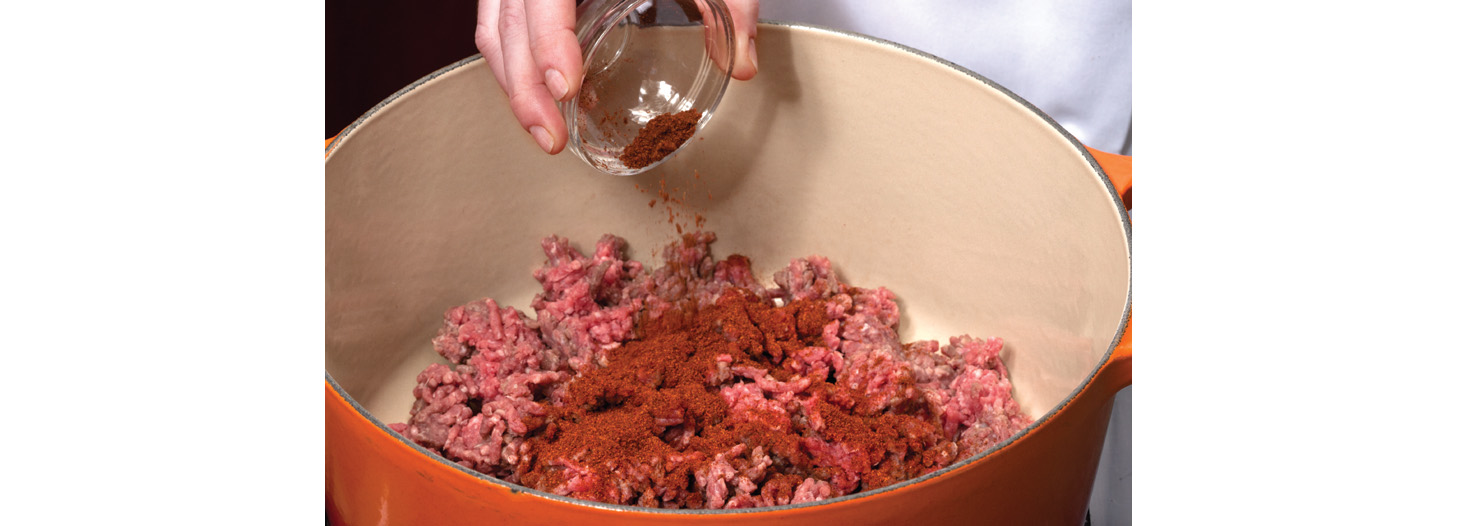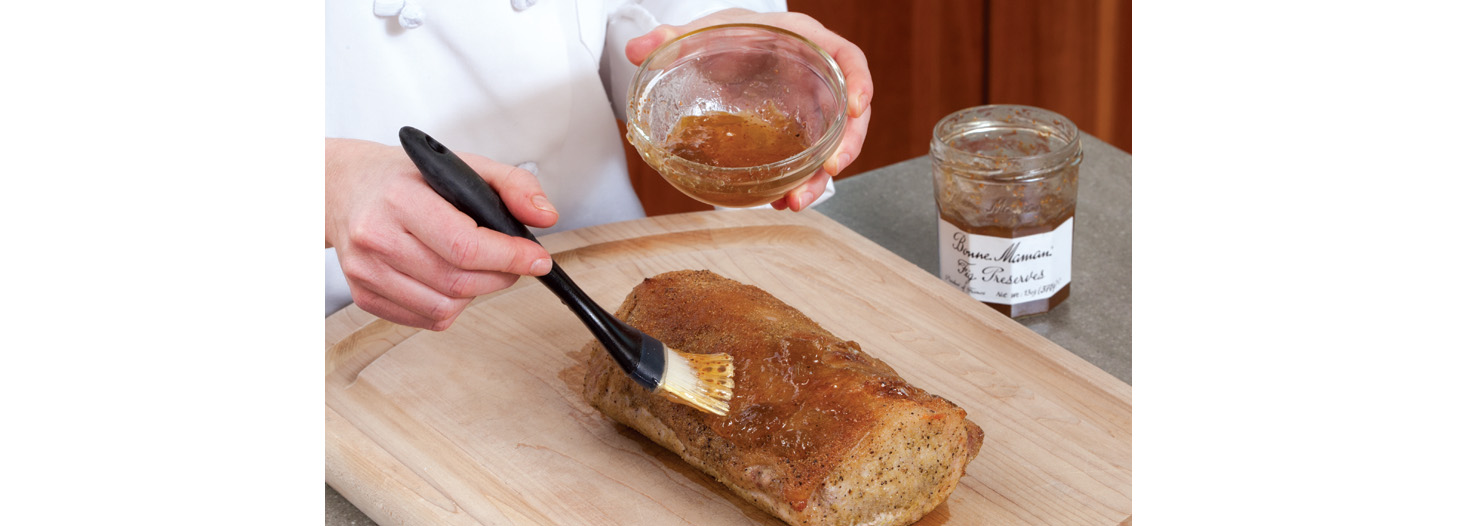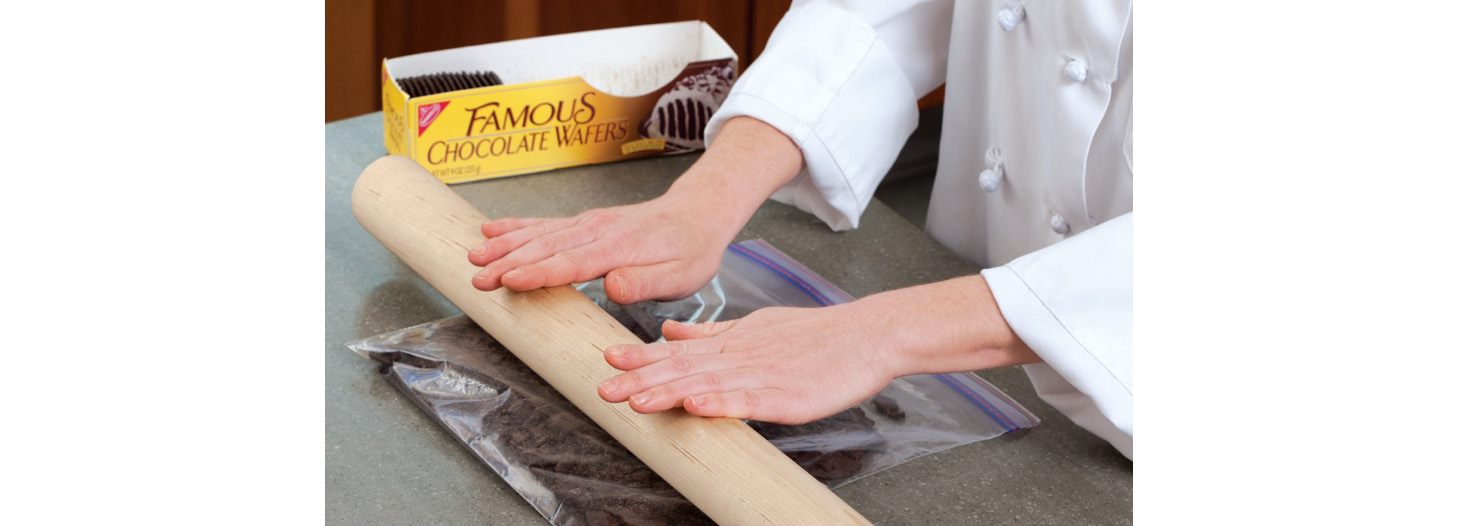Secrets to Six-Ingredient Cooking
Given how carefully scheduled and time-crunched most folks are these days, the appeal of cooking with fewer ingredients is undeniable. Fewer ingredients means less time shopping and less time prepping. But there’s no point making a six-ingredient recipe unless the dish is really good. Thus, our goal wasn’t just to simply provide recipes with short ingredient lists—we wanted to be able to transform a handful of ingredients into an impressive dish that’s far more than the sum of its parts.
As the test kitchen worked on this project, we discovered new techniques that generate more flavor and we learned how to use familiar ingredients in new ways, which both save time and build flavor. During our testing, it quickly became obvious to us how important every ingredient is to a recipe. While we always encourage cooks to use quality ingredients, it really is imperative when cooking with just six ingredients—one subpar ingredient can drag down an entire dish. Throughout this book, we highlight important ingredients in Ingredient Spotlights, where we explain what you need to know when shopping, and often which brands we prefer.
Note that every recipe in this book requires no more than six ingredients (with the exceptions of water, salt, and pepper) from start to finish. Also, you’ll see more than half of the recipes in this book highlighted as Fast Recipes—these can be on the table in about half an hour. Many of them require multitasking—you may need to slice meat and chop vegetables while bringing a pot of water to a boil—but this will help you pull together full-flavored dishes on even the busiest of weeknights.
Here are some general points we learned in the test kitchen about six-ingredient cooking. We hope you can apply some of our shopping and cooking strategies to your own kitchen.
LOOK BEYOND YOUR USUAL COOKING FATS
When our recipes include ingredients that contain flavorful fats—such as the oil packed inside a jar of sun-dried tomatoes, the oil in a jar of pesto, or even rich coconut milk—we use them for sautéing, which adds an extra boost of flavor to a number of dishes. For example, in our Coconut-Curry Braised Chicken we used a couple tablespoons of coconut milk to pan-sear chicken breasts, a tablespoon to sauté the aromatics, and the remainder to braise the chicken until the meat cooked up moist and flavorful.
USE HIGH HEAT TO DEVELOP FLAVOR
High heat encourages meats and vegetables to brown, and browning is important for building flavor. In fact, browning is such a potent flavor builder that it is like having another ingredient (or two) in your arsenal. Pan searing, grilling, and broiling are all high-heat methods we employ in this book. Note that when we pan-sear food, we heat the oil in our skillet until just smoking. This ensures that when the food hits the pan, it will sear and brown upon contact. If the skillet isn’t hot enough, your food will begin to steam and won’t develop maximum flavor.
STOCK UP ON SPICE BLENDS
You probably have poultry seasoning or a basic chili powder blend in your pantry, but consider adding a few other useful blends to your collection, such as Cajun seasoning, herbes de Provence, five-spice powder, garam masala, and za’atar. These flavorful blends mean that you don’t have to buy lots of individual spices and they often contain unique flavors that are otherwise hard to find. Five-spice powder gives simple broiled chicken thighs warmly spiced flavor; aromatic herbes de Provence (a combination of up to seven Mediterranean herbs) makes an easy, brightly flavored rub for pork tenderloin and lends sophisticated flavor to cheese coins when incorporated into the simple-to-mix dough.
UNLOCK THE FLAVOR OF SPICES AND HERBS
Many spices and spice blends will taste fuller and more complex if they are bloomed, or briefly cooked in oil. Blooming spices doesn’t have to be complicated—it’s as simple as heating the spices in oil a few seconds ahead of the other ingredients in your dish. Likewise, we often oil meat before we apply a rub. Yes, the oil helps the rub stick to the meat, but once heated, the flavor of the rub becomes richer and more fragrant than if it had been applied to the meat without any oil at all.

Cooking chili powder with ground beef works to bloom, or deepen, its flavor, resulting in a chili with complexity and intensity.
DISCOVER NEW USES FOR STORE-BOUGHT SAUCES
Using a store-bought sauce (such as a pesto, marinara sauce, or barbecue sauce) is an obvious way to streamline your cooking. But we’ve thought outside of the jar (or can) when considering their uses. Adding pesto to meatballs delivers flavor and richness in one shot; stirring barbecue sauce into skillet chicken and rice effortlessly infuses this weeknight workhorse with tangy, smoky flavor; and marinara sauce helps us give meatloaf an Italian character—poured over the loaf, it helps keep the exterior moist and accents the meat with rich tomato flavor.

Jarred marinara sauce adds robust flavor to our meatloaf and keeps the exterior moist in the oven.
BUILD GLAZES FOR MEAT WITH JAMS AND JELLIES
Caramelized onion jam, fig jam, and hot pepper jelly can be used for more than a cheese board. They each provide a quick route to a flavorful glaze— hot pepper jelly spread on chicken gives the meat sweet and spicy flavor, and also adds body, heat, and complexity to our beef teriyaki. Fig jam slathered over a hot pork roast melts into an earthy glaze that complements a flavorful fennel rub on the meat.

Fig jam melts into a flavorful, clingy glaze when brushed onto a hot, roasted pork loin.
RETHINK PICKLES AND MARINATED VEGETABLES
We’ve always been a fan of the sweet, smoky flavor of jarred roasted red peppers and the flavor impact they can have on a dish, but we hadn’t considered the other possibilities in the same grocery aisle until we worked on this book. Take giardiniera, Italian-style pickled vegetables. Tossed with fusilli, it gives the pasta bites of well-seasoned vegetables without any prep—and the packing liquid adds zesty punch to the sauce. Giardiniera also adds heft and bright flavor to sausage-stuffed peppers. And we don’t stop there: Other ingredient multitaskers include marinated artichoke hearts, Peppadew peppers, and stuffed cherry peppers.
EXPLORE THE INTERNATIONAL AISLE
Every supermarket has one and if you don’t know what’s on those shelves then it’s time to check it out. You’ll find a variety of cuisines represented here, but the majority of the space is usually given to Latin American, Chinese, Japanese, and Thai products. For example, those small jars of Thai curry pastes are flavor powerhouses—and all the measuring and chopping is done for you. A typical curry paste contains several ingredients, including garlic and shallot, along with hard-to-find ingredients like galangal, lemon grass, and kaffir lime peel. Just a spoonful or two of curry paste infuses soups and braises with exotic flavor. And ditto for the value of rich, thick oyster sauce. This Chinese condiment helped us cut down on the notoriously long ingredient lists of stir-fries.

Just a tablespoon of Thai curry paste, a staple in the international aisle of any supermarket, can add potent, exotic flavor to many dishes.
CONSIDER THE SNACK SHELF WHEN COOKING
Potato chips, tortilla chips, baked cheese sticks, and smoked almonds aren’t just for eating out of hand, but can be used as a crisp coating for chicken or fish, as a thickener for soups and chilis, or as a topping for a casserole. Crumbled store-bought cookies also make it easy to whip up a last-minute trifle or parfait. Best of all, many of these snacks are already in your pantry.

Crushed store-bought cookies provide a crunchy layer in our easy parfaits, which come together in just minutes.
REMEMBER TO SEASON—AND TASTE
We didn’t count salt and pepper among our six ingredients, but that doesn’t mean that they are unimportant. In fact, seasoning when cooking and just before serving coaxes more flavor out of a dish, so do follow our seasoning instructions such as salting meat and poultry before cooking and be sure to taste your food before serving—and season again if necessary.